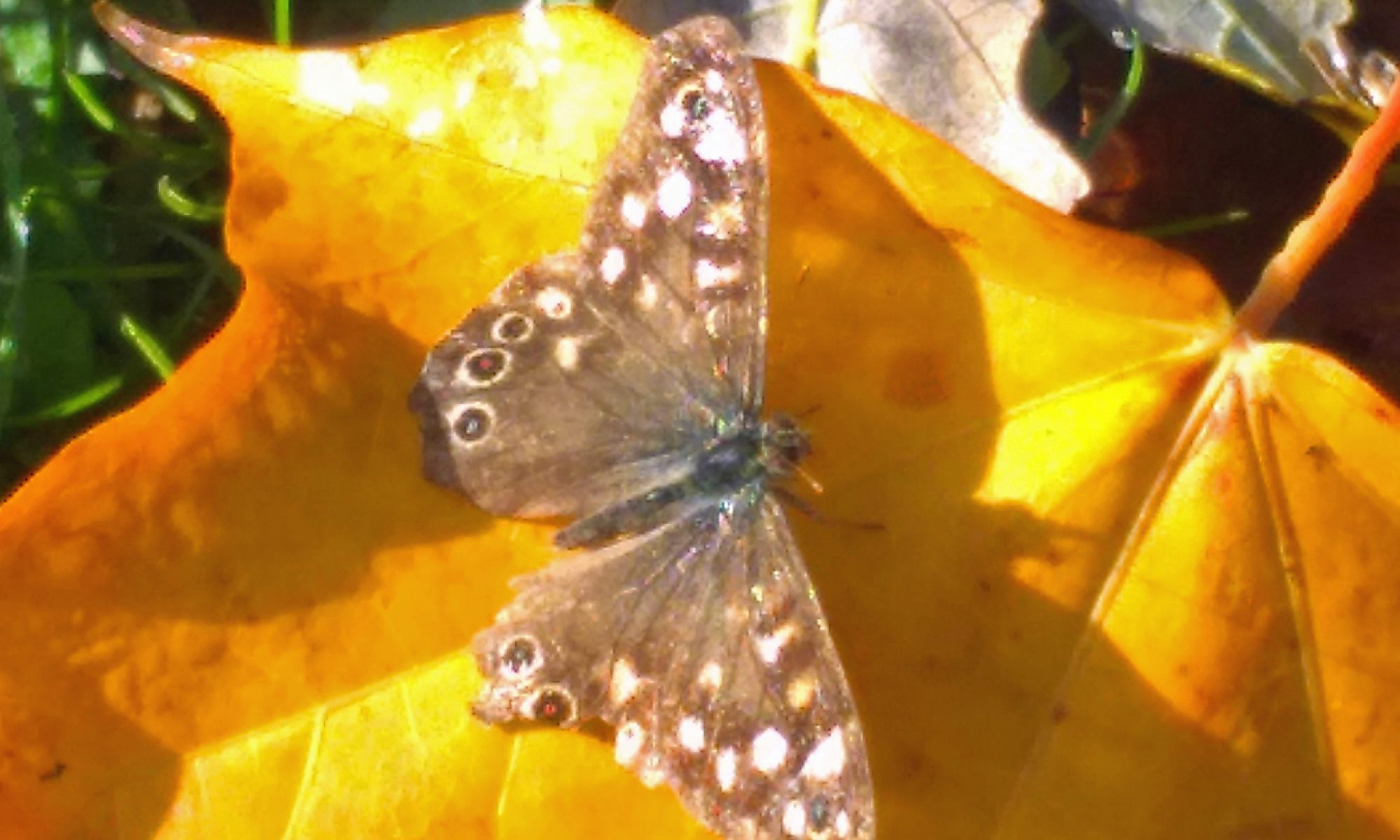The Lords and Ladies of Nowhere Wood
| Links to the story | Key Stage 2 and 3 programmes of study | Possible learning outcomes | Big ideas |
| link to story |
|
|
adventures in time and space being and becoming life depend depends on life organisms are organised spring stories summer stories winter stories |
The key ideas of this story are:
-
Arum maculatum is a native British woodland plant with an unusual reproductive strategy. We call it Lords and Ladies.
-
Instead of offering nectar, it tricks its pollinators using heat, smell, and a trap mechanism.
-
Its spadix (a central spike) warms up and releases a scent similar to dung or rotting meat — which attracts flies and midges.
-
These insects fall into the flower’s chamber and cannot escape until they are covered in pollen.
-
Once released, they carry pollen to other plants — achieving cross-pollination.
-
The plant produces poisonous berries in late summer and survives winter via a rhizome underground.
- Each ripe red fruit contains a seed of the Lords and Ladies plant. Birds, like thrushes and backbirds love to eat these fruits. Explain how this helps to disperse the seeds away from the parent plant.
The bright red fruits of Lords and ladies are eaten by a few birds, which are able to tolerate the toxic compounds they contain. These include: thrushes, blackbirds and occasionally blackbirds.
They consume the red berries in late summer and autumn, often swallowing them whole. The seeds pass through their digestive systems intact and are deposited elsewhere in droppings, helping spread the plant. Since the birds fly away from the wood, they help to disperse the seeds away from the parent plant,
2. What are the advantages to small insects of going inside a Lord and Ladies flower?
The insects are safe inside the flower and will be released the next day. Pollen is produced in large quantities and insects can eat it before they leave the flower. Insects and flowering plants have co-evolved over millions of years to develop these stable strategies for reproduction.

